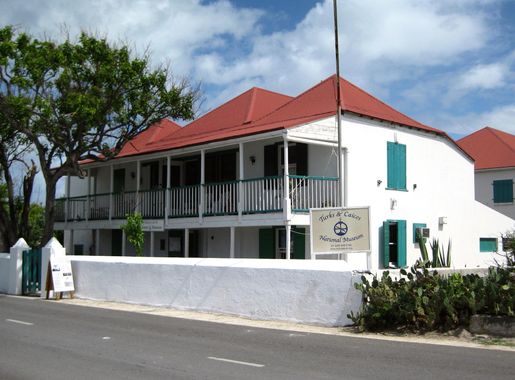
Salt Cay: The Jewel of the Turks and Caicos Islands
Discover the tranquil beauty of Salt Cay in the Turks and Caicos Islands, where pristine beaches, rich history, and warm hospitality create a serene escape.
Salt Cay is a hidden gem in the Turks and Caicos Islands, offering a tranquil escape for travelers seeking peace and natural beauty. This small island, once a bustling salt producer, now invites visitors to explore its charming ruins and historical sites. The island's rich history is evident in the old salt pans and the colonial-style buildings that still stand today. Nature lovers will be enchanted by the pristine beaches and crystal-clear waters surrounding Salt Cay. The island's coral reefs and marine life make it a prime destination for snorkeling and diving. During the winter months, you might even spot humpback whales migrating through the waters. Aside from its natural wonders, Salt Cay offers a close-knit community vibe, where locals greet visitors with warm hospitality. The island's slow pace and lack of commercial development provide a perfect backdrop for relaxation and reflection. Whether you're exploring the island by bike, enjoying a fresh seafood meal, or simply lounging on the beach, Salt Cay promises an unforgettable, peaceful retreat.
Local tips in Salt Cay
- Pack light and breathable clothing as the island has a warm and humid climate.
- Bring your snorkeling gear to explore the vibrant coral reefs around the island.
- Rent a bike to make the most of your exploration around the island.
- Visit during winter to have a chance to see humpback whales migrating.
- Try the local seafood dishes at small island eateries for an authentic culinary experience.
Salt Cay: The Jewel of the Turks and Caicos Islands
Salt Cay is a hidden gem in the Turks and Caicos Islands, offering a tranquil escape for travelers seeking peace and natural beauty. This small island, once a bustling salt producer, now invites visitors to explore its charming ruins and historical sites. The island's rich history is evident in the old salt pans and the colonial-style buildings that still stand today. Nature lovers will be enchanted by the pristine beaches and crystal-clear waters surrounding Salt Cay. The island's coral reefs and marine life make it a prime destination for snorkeling and diving. During the winter months, you might even spot humpback whales migrating through the waters. Aside from its natural wonders, Salt Cay offers a close-knit community vibe, where locals greet visitors with warm hospitality. The island's slow pace and lack of commercial development provide a perfect backdrop for relaxation and reflection. Whether you're exploring the island by bike, enjoying a fresh seafood meal, or simply lounging on the beach, Salt Cay promises an unforgettable, peaceful retreat.
When is the best time to go to Salt Cay?
Iconic landmarks you can’t miss
Grand Turk Lighthouse
Discover the historical Grand Turk Lighthouse, a landmark that offers stunning ocean views and a glimpse into the rich maritime heritage of the Turks and Caicos Islands.

Turks and Caicos National Museum
Explore the rich cultural heritage and history of the Turks and Caicos Islands at the Turks and Caicos National Museum, a must-visit attraction for every tourist.
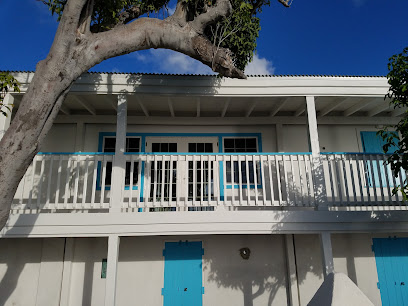
Governor’s Beach
Experience the tranquility and beauty of Governor's Beach in Grand Turk, where stunning sands meet crystal-clear waters for unforgettable adventures.
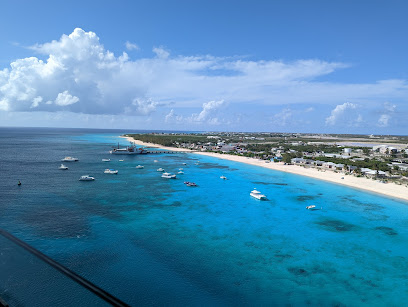
Salt Cay Divers
Discover the underwater marvels of the Turks & Caicos Islands with Salt Cay Divers—your ultimate diving experience in Balfour Town.
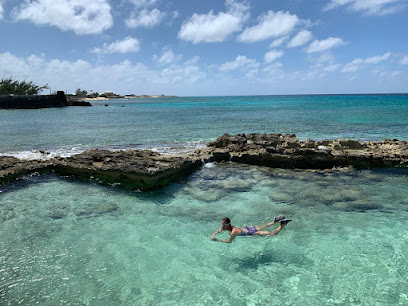
The Middle Caicos Ocean Hole
Explore the breathtaking Middle Caicos Ocean Hole, a stunning natural wonder in the Turks and Caicos Islands, perfect for adventure and relaxation.
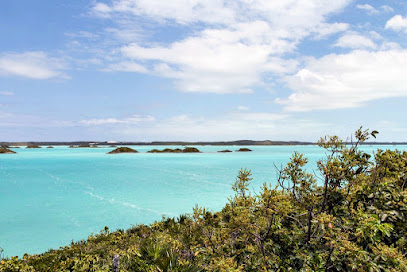
Salt House Museum
Explore the fascinating history of the Turks and Caicos Islands at the Salt House Museum, celebrating the legacy of the salt industry.
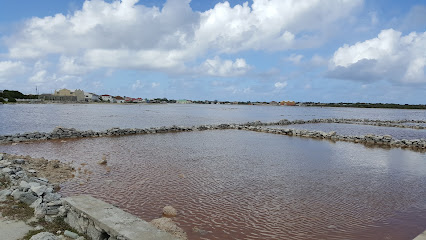
Tradewinds Guest Suites
Discover the tranquil beauty of Tradewinds Guest Suites in Balfour Town, a perfect island oasis for relaxation and adventure in Turks & Caicos.

Purple Conch Cottage
Experience the charm and tranquility of Purple Conch Cottage in Balfour Town, a perfect getaway in the beautiful Turks and Caicos Islands.
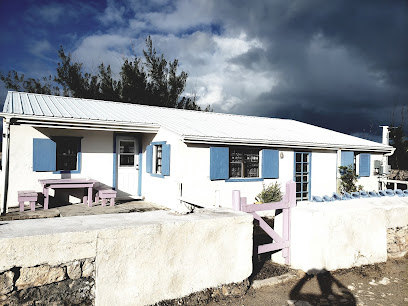
Paradise on Salt Cay
Explore the historical allure of Paradise on Salt Cay, a captivating landmark in the Turks and Caicos Islands steeped in rich history and stunning scenery.

Boiling Hole
Experience the enchanting beauty of the Boiling Hole, a natural wonder in the Turks and Caicos Islands, where bubbling waters meet breathtaking scenery.
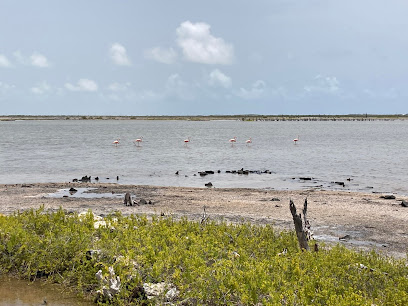
Salt Cay Parcels
Experience the serene beauty and tranquil atmosphere of Salt Cay Parcels in the Turks and Caicos Islands, your perfect getaway destination.

Salt Industry Memorial
Explore the Salt Industry Memorial in Cockburn Town, a historical site that celebrates the legacy of salt production in the beautiful Turks and Caicos Islands.

Villas of Salt Cay
Discover the breathtaking tranquility of the Villas of Salt Cay, a luxurious retreat in the heart of the Turks & Caicos Islands, perfect for relaxation and adventure.
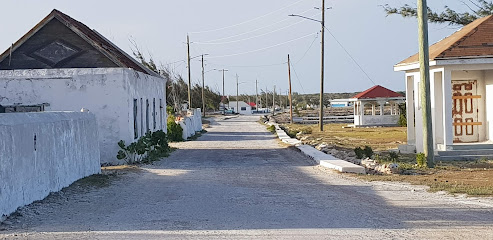
Pollie Boi Salt Cay
Experience the tranquility and beauty of Pollie Boi Salt Cay, a hidden treasure in the Turks and Caicos Islands, perfect for relaxation and adventure.

Salt Cay Airport
Experience the tranquil beauty of Salt Cay Airport, your gateway to the stunning landscapes and vibrant culture of the Turks and Caicos Islands.

Unmissable attractions to see
Grand Turk Cruise Port
Explore the stunning Grand Turk Cruise Port, a vibrant gateway to the natural beauty and rich culture of the Turks and Caicos Islands.
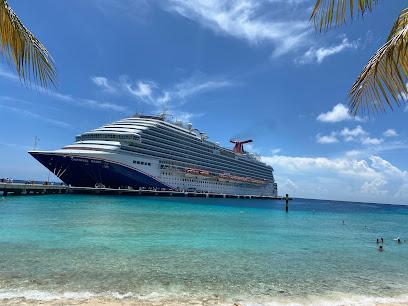
Turks and Caicos National Museum
Explore the Turks and Caicos National Museum to immerse yourself in the islands' fascinating cultural and historical narratives.
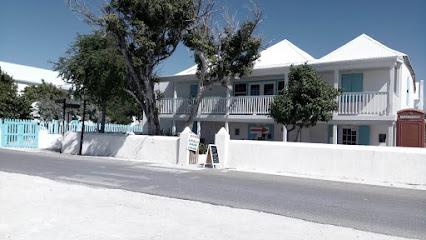
Governor’s Beach
Discover the serene beauty of Governor's Beach in Grand Turk, a perfect escape for sunbathers, snorkelers, and history enthusiasts alike.
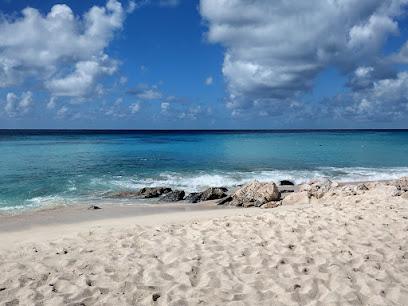
Pillory Beach
Discover the serene beauty of Pillory Beach in Cockburn Town, Turks and Caicos - a perfect blend of relaxation and adventure awaits you.
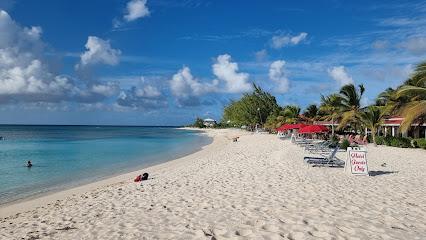
Blue Water Divers
Experience the vibrant underwater world of Turks and Caicos at Blue Water Divers - your gateway to extraordinary diving adventures.
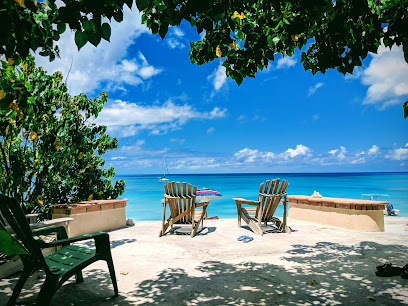
Horse Stable Beach
Experience the tranquility and beauty of Horse Stable Beach, a hidden paradise in the Turks & Caicos Islands, perfect for relaxation and adventure.
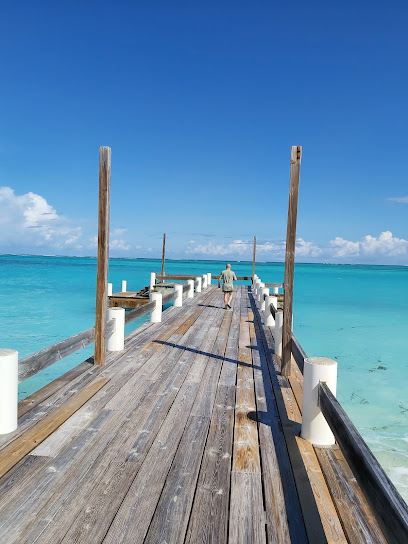
Cockburn Town Beach
Experience the breathtaking beauty of Cockburn Town Beach in Turks & Caicos, a tranquil paradise perfect for relaxation and stunning photography.
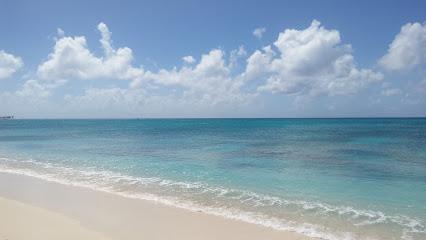
Grand Turk Whale
Discover the wonders of whale watching at Grand Turk Whale, a breathtaking tourist attraction in the heart of the Turks and Caicos Islands.
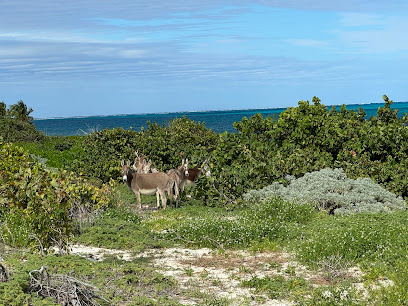
Playa de Elizabeth Gerhard Beach
Experience the breathtaking beauty of Playa de Elizabeth Gerhard Beach, where soft sands meet crystal-clear waters in the heart of the Turks & Caicos Islands.
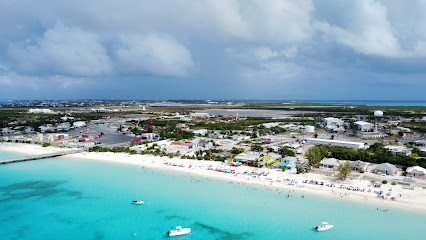
Columbus Landfall National Park Beach Access
Explore Columbus Landfall National Park Beach for a blend of history and stunning natural beauty in the Turks and Caicos Islands.
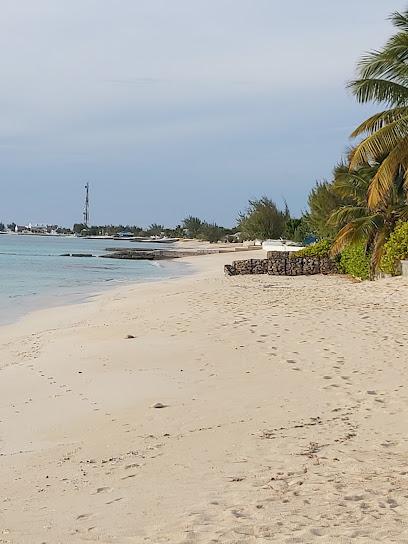
Avión hundido
Explore the Avión Hundido, a captivating sunken plane in the Turks and Caicos Islands, where adventure meets marine beauty in a unique underwater experience.
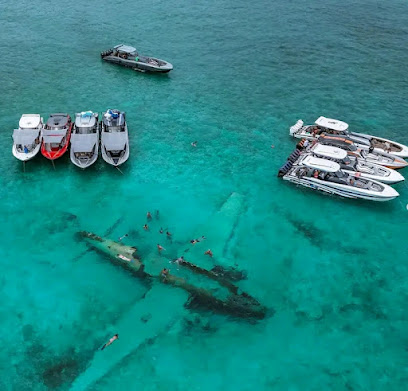
Park Elizabeth
Unwind in the lush tranquility of Park Elizabeth, a serene park in Cockburn Town, Turks & Caicos Islands, perfect for relaxation and nature lovers.
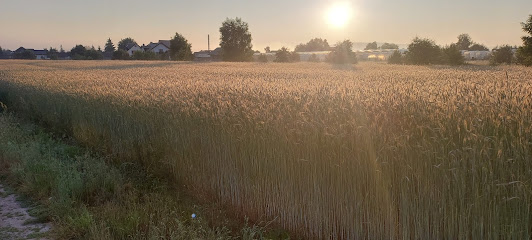
East Caicos Blue Hole
Explore the enchanting East Caicos Blue Hole, a hidden gem in the Turks and Caicos Islands, offering stunning views, vibrant marine life, and unforgettable adventures.

Beach Rental Hut
Experience the serene beauty of the Beach Rental Hut in Cockburn Town, where sun, sand, and adventure await in the heart of Turks & Caicos.
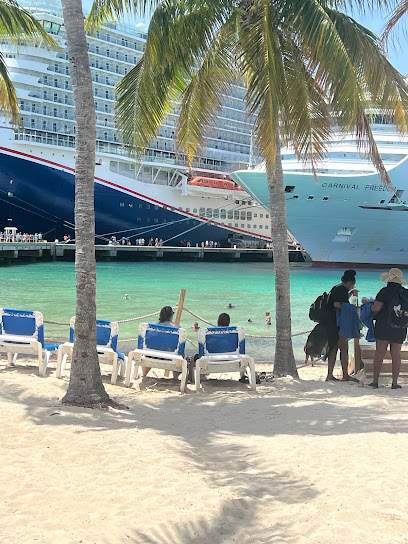
Beach Rental Hut
Discover the ultimate beach experience at the Beach Rental Hut in the Turks & Caicos Islands, where sun, sand, and adventure await.

Essential places to dine
Mango Reef Restaurant & Bar
Experience exquisite seafood and Caribbean flavors at Mango Reef Restaurant & Bar in Turks and Caicos Islands.
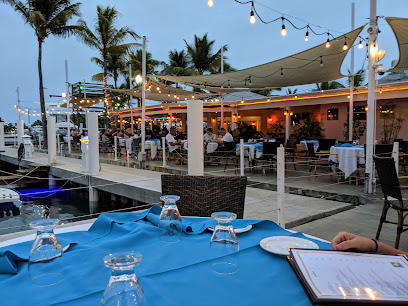
Jack's Shack Beach Bar & Grill
Discover the flavors of the Caribbean at Jack's Shack Beach Bar & Grill - where every meal feels like a vacation.
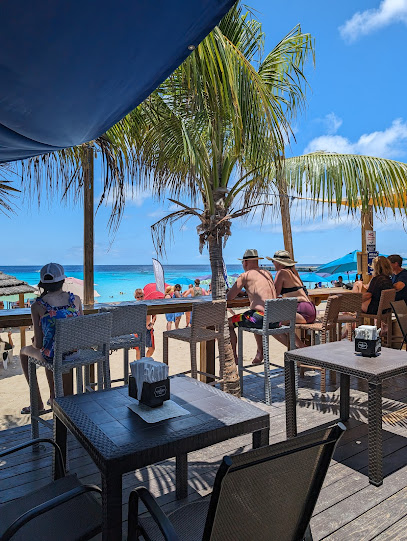
Bugaloos
Experience authentic Caribbean cuisine at Bugaloos in Turks & Caicos, where fresh seafood meets nature's beauty.
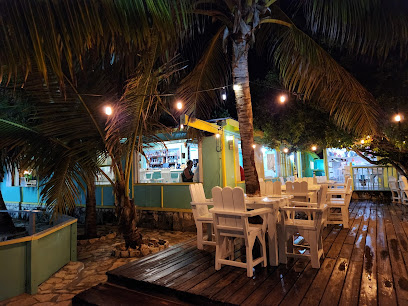
Margaritaville Grand Turk
Experience island life at Margaritaville Grand Turk with delicious food, refreshing drinks, and stunning ocean views in a lively atmosphere.
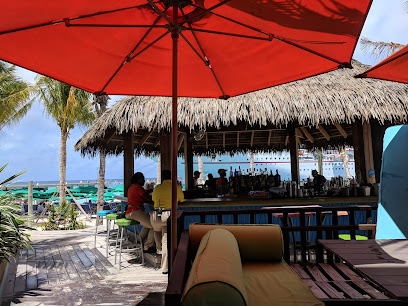
Baci Restaurant
Discover authentic Italian cuisine at Baci Restaurant in Turks & Caicos—where every dish tells a story amidst stunning ocean views.
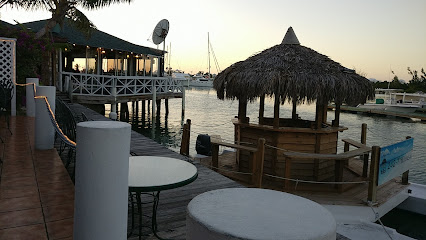
Pelican Bay Restaurant and Bar
Experience vibrant Caribbean flavors at Pelican Bay Restaurant and Bar in beautiful Grace Bay – a culinary paradise by the sea.
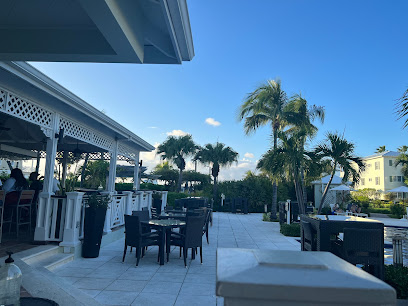
Mudjin Bar & Grill
Experience mouthwatering grilled cuisine with stunning ocean views at Mudjin Bar & Grill in Turks & Caicos Islands.
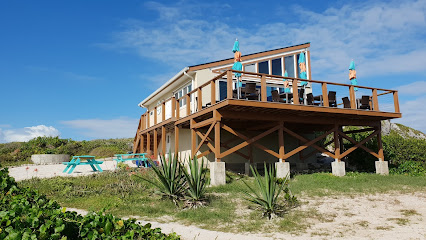
Sandbar Restaurant
Experience authentic Caribbean cuisine at Sandbar Restaurant in Cockburn Town, where fresh seafood meets island hospitality.
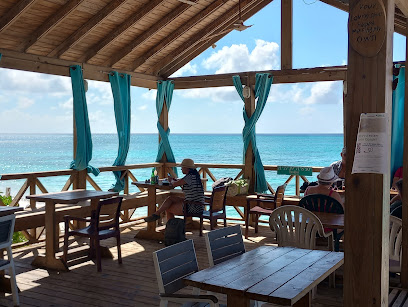
Barbie's Bar & Restaurant
Discover the heart of Caribbean cuisine at Barbie's Bar & Restaurant in Cockburn Town – where vibrant flavors meet island hospitality.
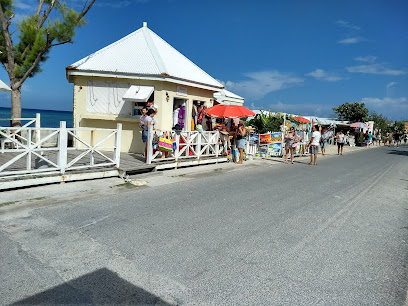
Ridge Cafe Grand Turk
Experience delightful local cuisine and breathtaking views at Ridge Cafe Grand Turk - a must-visit dining destination in Turks & Caicos.
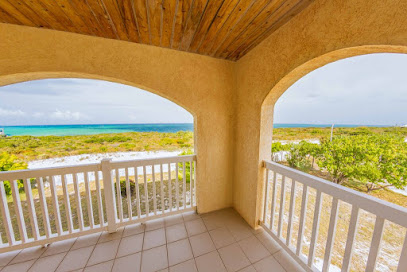
John's Ocean View Bar & Rerstaurant
Experience delicious seafood and breathtaking ocean views at John's Ocean View Bar & Restaurant in Cockburn Town.

Annette's berrys too
Discover authentic Caribbean cuisine at Annette's Berrys Too in Cockburn Town, where every dish tells a story and every bite delights.
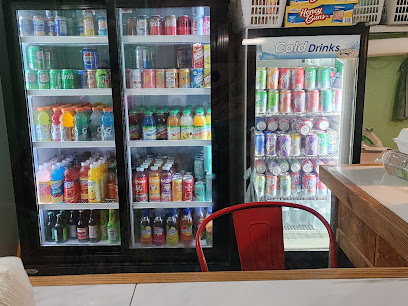
Island Jerk, Bar & Restaurant
Experience authentic Caribbean cuisine at Island Jerk, Bar & Restaurant in Turks & Caicos - a paradise for food lovers seeking bold flavors.
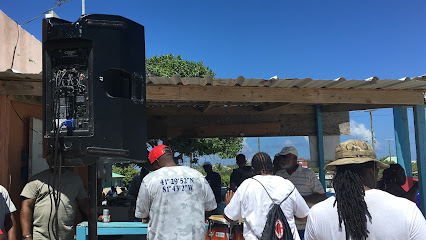
Sunset Cafe
Discover culinary delights at Sunset Cafe in Cockburn Harbour – where delicious food meets stunning sunset views.
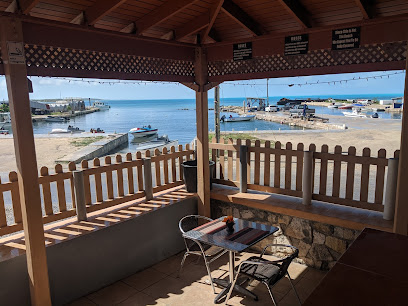
Triple J Grill
Experience Caribbean flavors at Triple J Grill in Cockburn Harbour – where fresh seafood meets vibrant island hospitality.
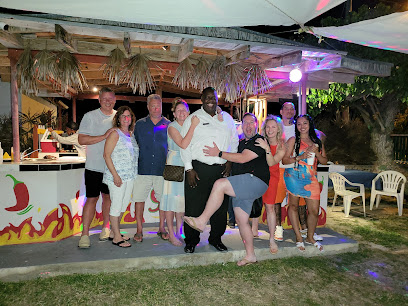
Markets, malls and hidden boutiques
House of Unicorn
Discover unique gifts and souvenirs at the House of Unicorn in Grace Bay's Salt Mills Plaza, celebrating the vibrant culture of the Turks and Caicos Islands.
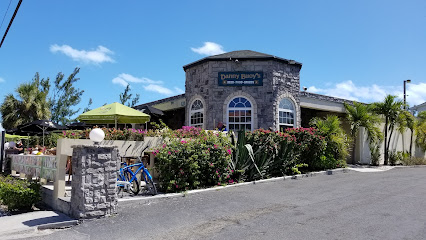
The Regent Village
Explore The Regent Village in Grace Bay, a shopping haven featuring exquisite boutiques, diverse dining, and vibrant nightlife in the heart of Turks & Caicos.
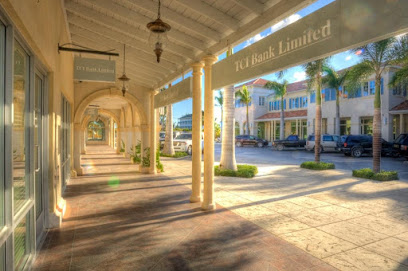
Turks and Caicos National Museum
Explore the rich cultural heritage of the Turks and Caicos Islands at the National Museum, a must-visit for history enthusiasts and tourists alike.
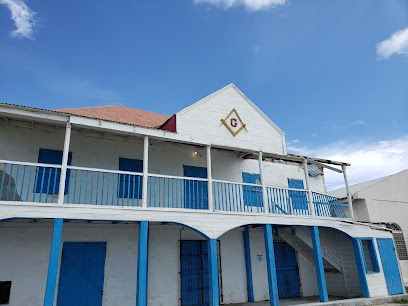
Caribbean Outpost
Discover unique souvenirs and local crafts at the Caribbean Outpost in Grace Bay, capturing the spirit of the Turks and Caicos Islands.
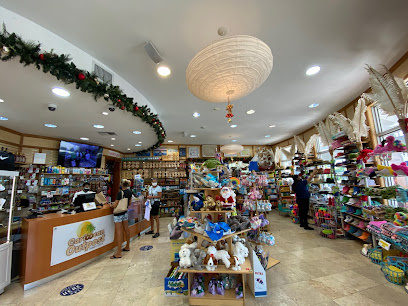
Grand Turk Diving Company
Dive into a world of colorful marine life and breathtaking underwater landscapes at Grand Turk Diving Company, the ultimate diving destination in Turks & Caicos Islands.
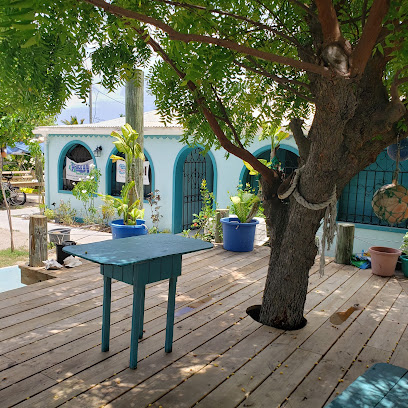
Grand Turk Liquors
Experience the charm of Grand Turk Liquors in Cockburn Town, where local flavors and friendly service meet for the perfect beverage selection.

Graceway Grand Turk (Cee's Supermarket Store)
Discover local flavors and essentials at Graceway Grand Turk, the premier supermarket in Cockburn Town, Turks and Caicos.
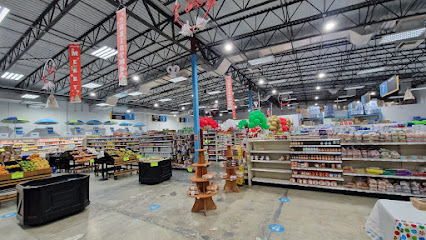
QUALITY FOOD MART
Discover the local flavors and culinary delights at Quality Food Mart, your essential supermarket in Cockburn Town, Turks & Caicos Islands.
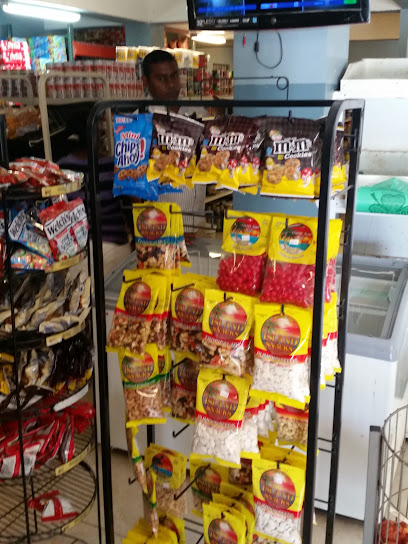
Salt Cay Divers
Discover the underwater wonders of Turks & Caicos at Salt Cay Divers, where unforgettable diving adventures await for all skill levels.
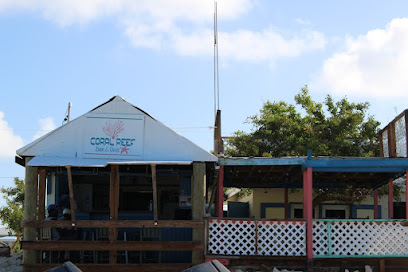
Sunny Foods Wholesale and Cash N' Carry
Discover the best of local groceries and essentials at Sunny Foods Wholesale and Cash N' Carry in Cockburn Town, Turks & Caicos.
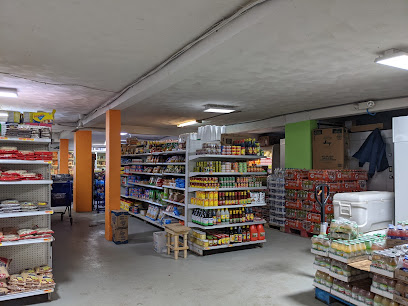
DARDS Grocery
Discover local flavors and essentials at DARDS Grocery, the heart of Bottle Creek on North Caicos, ensuring your island experience is delightful and convenient.
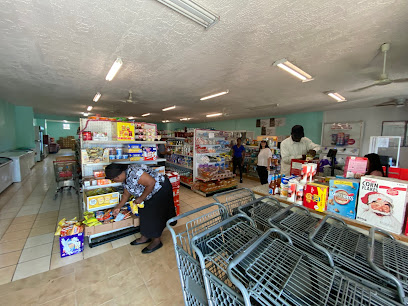
The Wellington Collection
Explore the Wellington Collection in Grace Bay for unique gifts, local art, and exquisite jewelry that capture the spirit of the Turks & Caicos Islands.
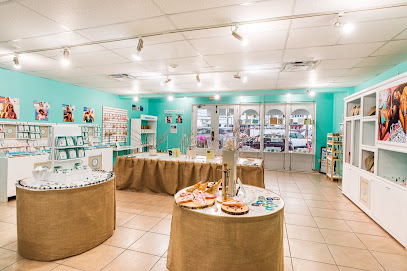
Mama's Gift Shop
Explore the vibrant charm of Mama's Gift Shop, your go-to destination for unique souvenirs and local treasures in the heart of Grace Bay.
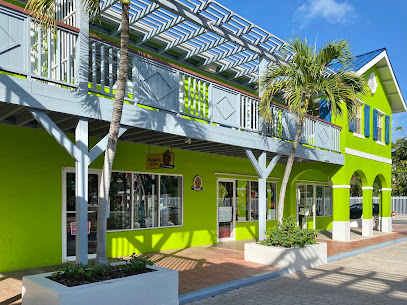
Nique's Food Market
Explore the rich flavors of Turks & Caicos at Nique's Food Market, your go-to supermarket for local produce and island delicacies.
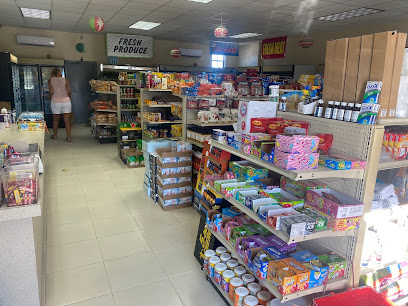
Do It Center
Explore Do It Center in Cockburn Town for a unique selection of homewares that capture the essence of Turks & Caicos, perfect for gifts or personal use.
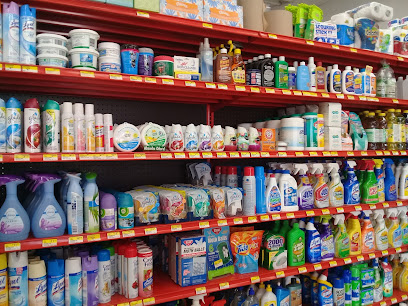
Essential bars & hidden hideouts
Jack's Shack Beach Bar & Grill
Discover the ultimate Caribbean dining experience at Jack's Shack Beach Bar & Grill, where delicious food meets stunning ocean views.
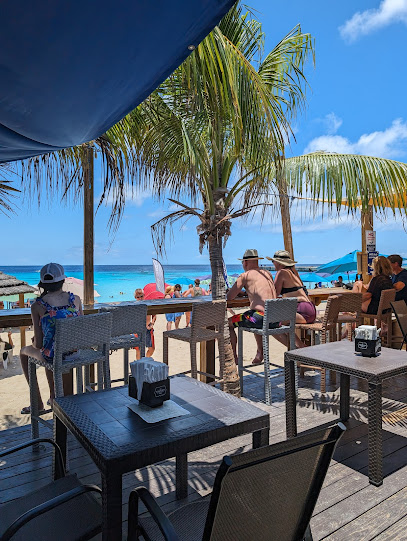
Barbie's Bar & Restaurant
Experience the vibrant flavors and warm hospitality of the Caribbean at Barbie's Bar & Restaurant in Cockburn Town, Turks & Caicos Islands.
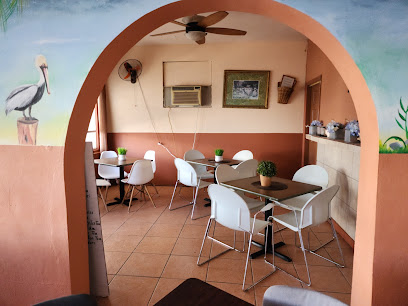
Blu Bar & Lounge
Experience the vibrant nightlife and refreshing cocktails at Blu Bar & Lounge in Grace Bay, Turks & Caicos Islands, your perfect tropical escape.
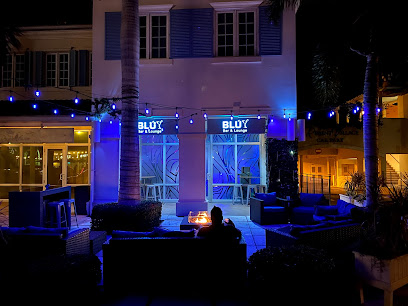
John's Ocean View Bar & Rerstaurant
Experience the vibrant flavors of Turks & Caicos at John's Ocean View Bar & Restaurant, where stunning views meet exceptional dining.
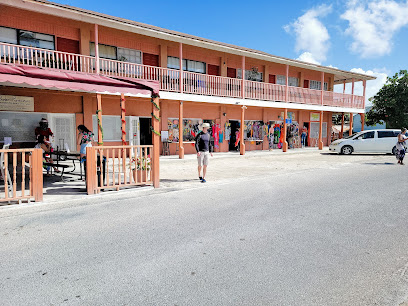
Island Jerk, Bar & Restaurant
Discover the vibrant flavors of the Caribbean at Island Jerk, Bar & Restaurant in Turks & Caicos Islands, where every dish tells a story.
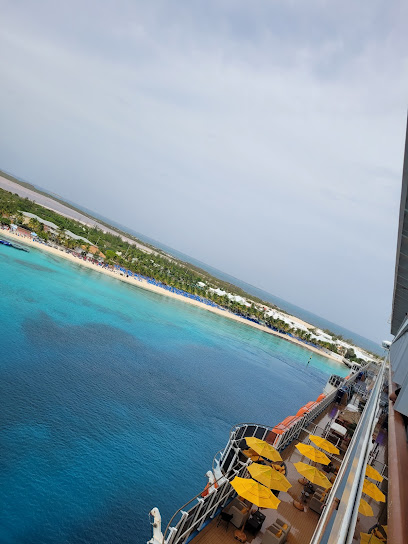
Beached Whale Bar & Grille
Discover the ultimate tropical retreat at Beached Whale Bar & Grille, where great food, refreshing drinks, and breathtaking views come together in paradise.
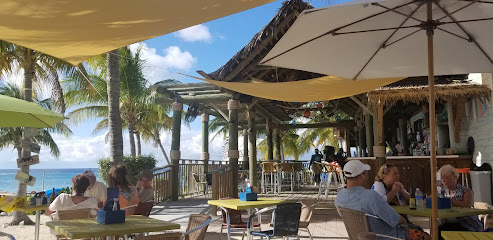
Salt Bar and Grill
Discover the taste of the islands at Salt Bar and Grill, a culinary gem in Leeward Settlement, Turks & Caicos, offering fresh seafood and stunning ocean views.
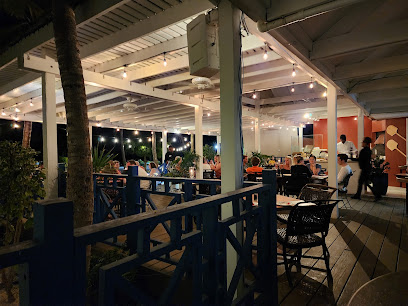
Coral Reef Bar
Experience the vibrant flavors of the Caribbean at Coral Reef Bar, a must-visit restaurant in the picturesque Turks and Caicos Islands.
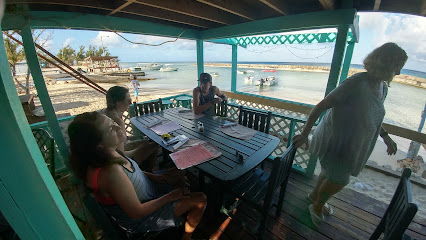
Leah Bar
Leah Bar: A vibrant bar in Cockburn Harbour offering refreshing drinks and a lively atmosphere for an unforgettable Caribbean experience.
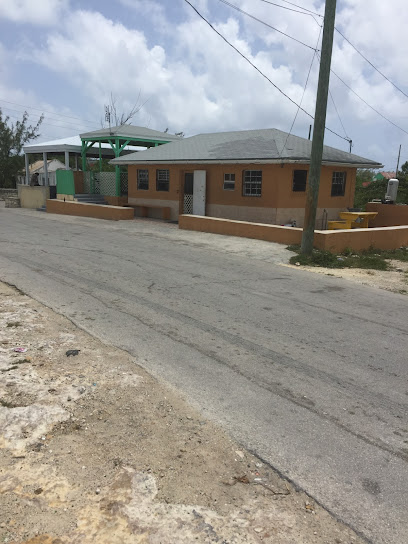
The Cove Beach Bar
Discover The Cove Beach Bar in South Caicos, where tropical vibes meet exquisite dining in a stunning beachfront paradise.
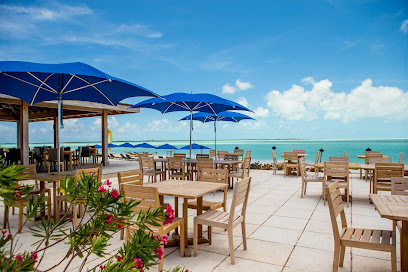
Macadoo Bar & Grill
Experience the vibrant flavors of Caribbean cuisine at Macadoo Bar & Grill in Cockburn Town, where every meal is a celebration of local culture and hospitality.
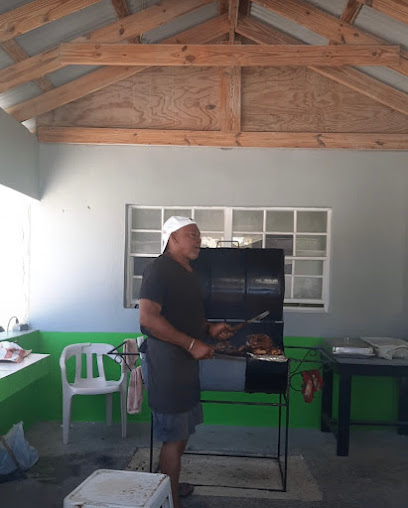
Big Mike’s Bar
Discover the Caribbean spirit at Big Mike's Bar in Cockburn Harbour, where vibrant drinks and lively atmosphere await every visitor.
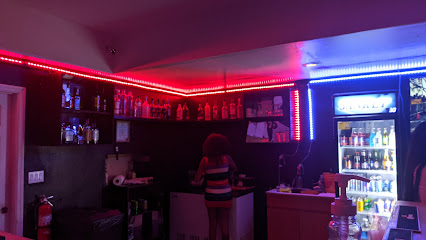
Pat's Place
Discover the flavors of the Caribbean at Pat's Place, a charming restaurant in Turks & Caicos Islands, where every meal is a tropical escape.

COCO BAR RESTAURANT
Experience the vibrant flavors of the Turks & Caicos at Coco Bar Restaurant, a culinary gem in Cockburn Town with stunning ocean views.

Pink Bar
Discover the lively charm of Pink Bar in Cockburn Town, a must-visit for tourists seeking vibrant nightlife and refreshing cocktails in Turks and Caicos.
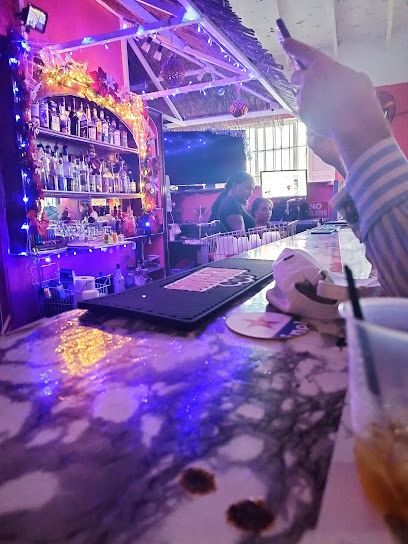
Local Phrases
-
- HelloHello
[Hello] - GoodbyeBye
[Bye] - YesYes
[Yes] - NoNo
[No] - Please/You're welcomePliz
[Pliz] - Thank youTank yu
[Tank yu] - Excuse me/SorrySari
[Sari] - How are you?How yu deh?
[How yu deh?] - Fine. And you?Mi deh. An yu?
[Mi deh. An yu?] - Do you speak English?Yu siak Inglish?
[Yu siak Inglish?] - I don't understandMi no understand
[Mi no understand]
- HelloHello
-
- I'd like to see the menu, pleaseMi waan si di menu, pliz
[Mi waan si di menu, pliz] - I don't eat meatMi no eet miit
[Mi no eet miit] - Cheers!Cheers!
[Cheers!] - I would like to pay, pleaseMi waan fa pay, pliz
[Mi waan fa pay, pliz]
- I'd like to see the menu, pleaseMi waan si di menu, pliz
-
- Help!Elp!
[Elp!] - Go away!Go wei!
[Go wei!] - Call the Police!Kaal di Poliis!
[Kaal di Poliis!] - Call a doctor!Kaal a dakta!
[Kaal a dakta!] - I'm lostMi lost
[Mi lost] - I'm illMi sik
[Mi sik]
- Help!Elp!
-
- I'd like to buy...Mi waan fa bay...
[Mi waan fa bay...] - I'm just lookingMi juss a luk
[Mi juss a luk] - How much is it?Ow much it deh?
[Ow much it deh?] - That's too expensiveDat tuu ekspensiv
[Dat tuu ekspensiv] - Can you lower the price?Yu kaan lowa di prais?
[Yu kaan lowa di prais?]
- I'd like to buy...Mi waan fa bay...
-
- What time is it?Wah taim it deh?
[Wah taim it deh?] - It's one o'clockIt wan a klok
[It wan a klok] - Half past (10)Arf paas (10)
[Arf paas (10)] - MorningMaanin
[Maanin] - AfternoonAftanoon
[Aftanoon] - EveningIivnin
[Iivnin] - YesterdayYestadeh
[Yestadeh] - TodayTudeh
[Tudeh] - TomorrowTamara
[Tamara] - 1Wan
[Wan] - 2Tu
[Tu] - 3Chrii
[Chrii] - 4Fuor
[Fuor] - 5Faiv
[Faiv] - 6Siks
[Siks] - 7Seven
[Seven] - 8Eit
[Eit] - 9Nain
[Nain] - 10Ten
[Ten]
- What time is it?Wah taim it deh?
-
- Where's a/the...?Weh di...
[Weh di...] - What's the address?Wah di adres?
[Wah di adres?] - Can you show me (on the map)?Yu kaan show mi (pan di map)?
[Yu kaan show mi (pan di map)?] - When's the next (bus)?Wen di neks (bas)?
[Wen di neks (bas)?] - A ticket (to ....)A tiket (tu ....)
[A tiket (tu ....)]
- Where's a/the...?Weh di...
History of Salt Cay
-
Salt Cay, part of the Turks and Caicos Islands, was first discovered by Europeans in the late 15th century, likely by Spanish explorers. The first recorded settlement on Salt Cay dates back to the late 17th century when Bermudians began to use the island for salt production. The island's natural salt ponds were an invaluable resource and attracted early settlers who established the initial infrastructure for salt raking.
-
During the 18th and 19th centuries, Salt Cay became one of the most important salt producers in the Caribbean. The island's economy flourished as salt was harvested from the natural salt pans and exported to North America and Europe. The salt industry shaped the island's culture and society, with families living and working in close-knit communities centered around salt production. The island's distinctive windmills, used to pump seawater into the salt pans, are a testament to this era.
-
In 1766, the Turks and Caicos Islands, including Salt Cay, were officially annexed by the British Crown. The British influence is evident in the island's architecture, legal system, and cultural practices. Salt Cay remained a British colony until it gained its status as a British Overseas Territory in 1973, maintaining a strong connection to British governance and culture throughout its history.
-
By the early 20th century, the global demand for salt had diminished, and Salt Cay's once-thriving salt industry began to decline. The introduction of refrigeration and other technological advancements reduced the need for salt as a preservative, leading to economic hardship for the island's residents. Many families left the island in search of better opportunities, resulting in a significant population decrease.
-
Despite the decline of the salt industry, Salt Cay has managed to preserve much of its historical heritage. The island is dotted with remnants of its salt raking past, including the old windmills, salt pans, and the historic White House, built in 1835 by salt proprietor Alexander Harriott. These sites offer a glimpse into the island's storied past and are key attractions for visitors today.
-
In recent decades, Salt Cay has seen a cultural revival driven by tourism. The island's pristine beaches, crystal-clear waters, and rich history have attracted visitors from around the world. Efforts to preserve and promote the island's cultural heritage have led to the restoration of historical buildings and the development of eco-tourism initiatives. Salt Cay's unique blend of history, culture, and natural beauty continues to make it a fascinating destination for travelers.
Salt Cay Essentials
-
Salt Cay is one of the smaller islands in the Turks and Caicos Islands, and access is primarily by air. The nearest international airport is Providenciales International Airport (PLS) on the island of Providenciales. From Providenciales, you can catch a domestic flight to Salt Cay Airport (SLX). InterCaribbean Airways and Caicos Express Airways offer flights to Salt Cay. Alternatively, charter flights are available. For a more adventurous route, you can take a ferry or private boat from Grand Turk, the capital island.
-
Salt Cay is a small island, and most places of interest are within walking distance. Golf carts and bicycles are the primary modes of transportation for tourists. Rentals are available, and it's a great way to explore the island at your leisure. There are no public buses or taxis on the island, so plan accordingly.
-
The official currency of the Turks and Caicos Islands is the US Dollar (USD). Credit cards are accepted at most hotels, restaurants, and shops, but it is advisable to carry cash for smaller establishments and activities. There are no ATMs on Salt Cay, so ensure you withdraw sufficient cash before arriving. Banks and ATMs are available on Providenciales and Grand Turk.
-
Salt Cay is generally a very safe destination with low crime rates. However, like any travel destination, it is wise to take standard precautions. Keep your belongings secure and avoid walking alone at night in secluded areas. There are no specific high-crime areas targeting tourists on the island.
-
In case of an emergency, dial 911 for immediate assistance. Salt Cay has a small clinic for minor health issues, but for more serious medical emergencies, you may need to be transported to Grand Turk or Providenciales. It is highly recommended to have travel insurance that covers medical emergencies. Make sure to carry any necessary medications with you.
-
Fashion: Do wear lightweight, breathable clothing due to the warm climate. Casual attire is acceptable, but avoid overly revealing swimwear away from the beach. Religion: Do respect local customs and traditions. Public Transport: Do use golf carts or bicycles to get around. There are no public buses. Greetings: Do greet people with a friendly wave or a simple 'hello.' Locals are generally very welcoming. Eating & Drinking: Do try local dishes and fresh seafood. Don't refuse hospitality, as it is considered impolite.
-
To experience Salt Cay like a local, visit the island's historic sites, such as the old salt pans and the White House. Engage with the locals, who are often eager to share stories about the island's rich history. Don't miss the opportunity to go whale watching between January and April, a unique experience Salt Cay is known for. Additionally, explore the underwater world with some of the best snorkeling and diving spots in the region.
Trending Landmark in Salt Cay
-
Grand Turk Lighthouse
-
Turks and Caicos National Museum
-
Governor’s Beach
-
Salt Cay Divers
-
The Middle Caicos Ocean Hole
-
Salt House Museum
-
Tradewinds Guest Suites
-
Purple Conch Cottage
-
Paradise on Salt Cay
-
Boiling Hole
-
Salt Cay Parcels
-
Salt Industry Memorial
-
Villas of Salt Cay
-
Pollie Boi Salt Cay
-
Salt Cay Airport
Nearby Cities to Salt Cay
-
Things To Do in Cockburn Town
-
Things To Do in Grand Turk
-
Things To Do in South Caicos
-
Things To Do in Middle Caicos
-
Things To Do in North Caicos
-
Things To Do in Parrot Cay
-
Things To Do in Pine Cay
-
Things To Do in Grace Bay
-
Things To Do in Providenciales
-
Things To Do in Puerto Plata
-
Things To Do in Cap-Haïtien
-
Things To Do in Jarabacoa
-
Things To Do in Hinche
-
Things To Do in Gonaïves
-
Things To Do in Saint-Marc




